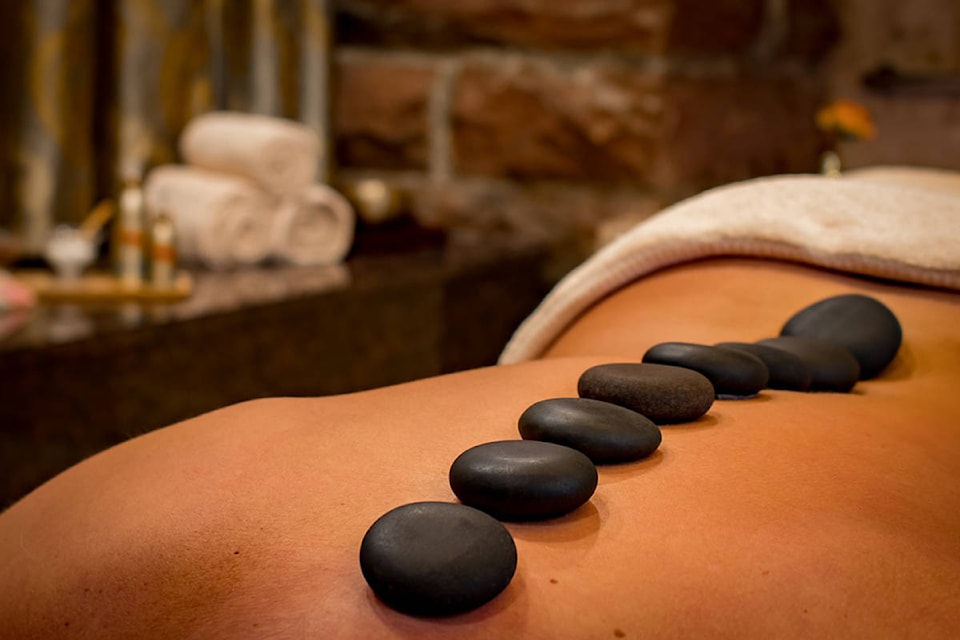In a small town, Registered Massage Therapists hear tales of visits to other RMTs.
These confidences have impelled me to write a letter about the Standard of Care expected from all RMTs by their governing body, the College of Massage Therapists of BC (CMTBC), specifically as it relates to draping.
A massage table is set up with two sheets — the bottom sheet which stays on the table, and the top sheet which “drapes” over the client.
Clients disrobe to their level of comfort and lie down on the massage table between the two sheets.
The RMT folds or gathers parts of the top sheet to uncover the area that will be treated.
An RMT will often use a client’s undergarments or body to “tuck in” the top sheet and make the draping more secure.
Draping is a professional boundary. It protects the client and the RMT.
The RMT must have your consent to uncover your body. A respectful RMT will inform you before uncovering the area to be addressed.
Uncovering breasts is not necessary; a good RMT can work through sheets to address soft tissues in the area.
To access the abdomen, a half-sheet keeps the breasts covered while the abdomen is exposed.
In 16 years as an RMT, I have worked directly on breast tissue three times, all for post-surgical treatment of scar tissue.
After gaining explicit permission, I uncovered the breast, worked on the tissue and covered the breast again.
There is never a reason for a woman to be uncovered to the waist while lying on her back.
Should you have questions about draping or feel uncomfortable with how you are draped, I encourage you to speak to your RMT. If the Standard of Care around draping has not been met, consider contacting the CMTBC, www.cmtbc.ca.
Gayle Heinrich, DOMP, RMT, MSc, BSc(Kin)
North Okanagan Therapeutics, Enderby
